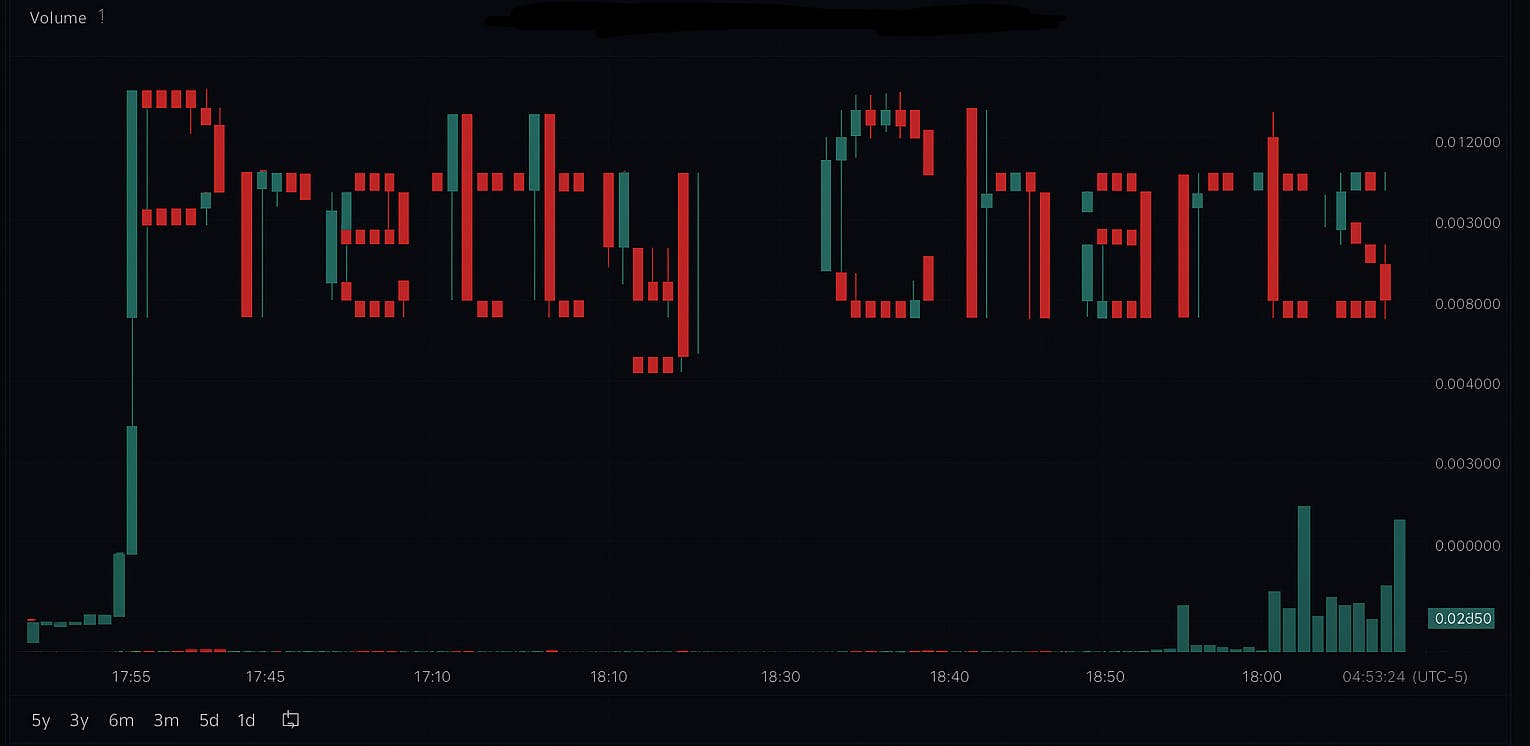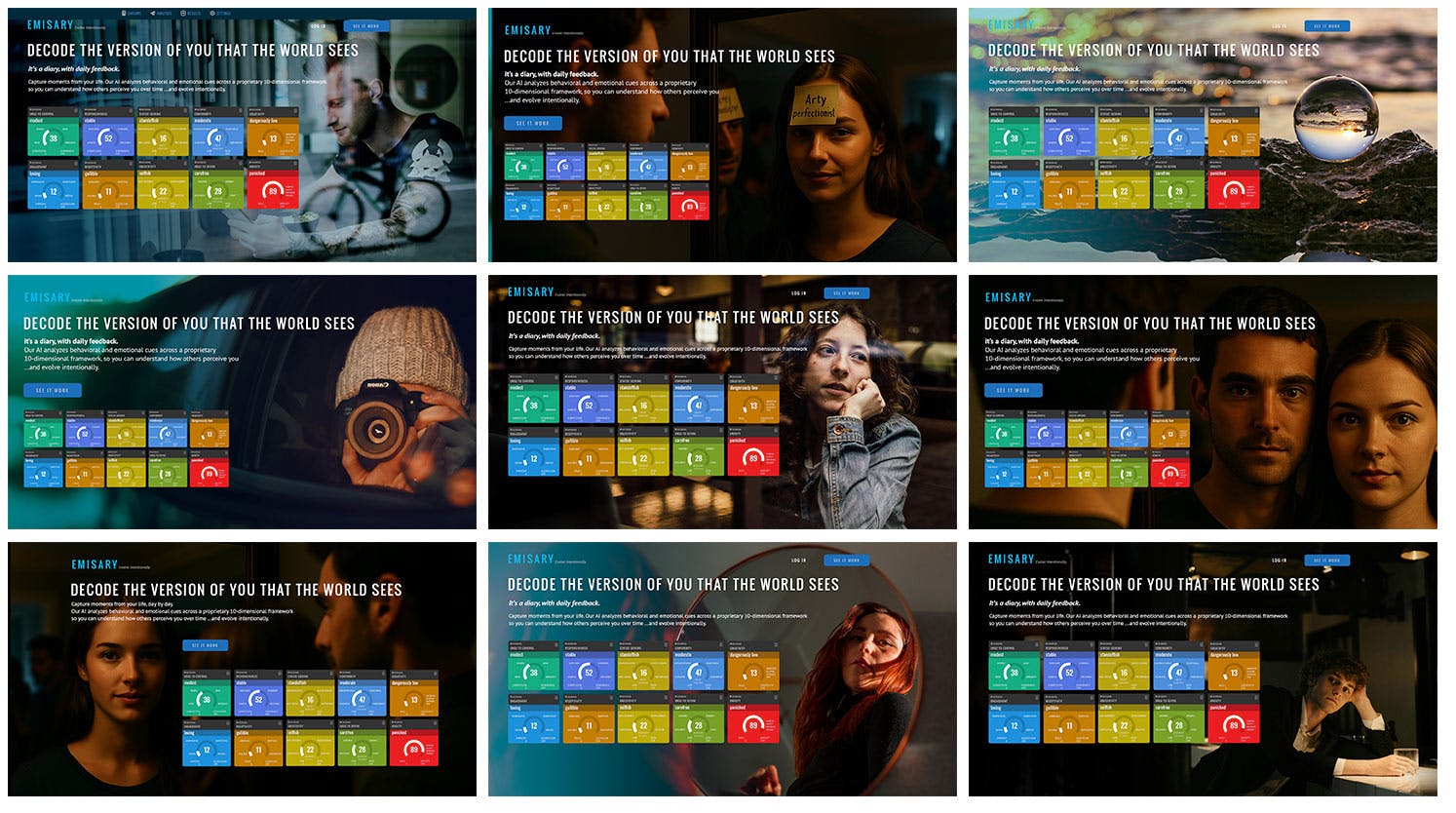If you’re building a token and you think your chart tells the truth, it probably doesn’t. In fact, if the chart looks perfectly smooth, that is often the first sign that something is wrong. The crypto market is chaotic, competitive and unforgiving. Yet, many projects still treat market making as a way to create a clean picture rather than a functional market.
Let’s talk about why that happens, what real liquidity actually looks like, and how to tell the difference before your token ends up in a place no founder wants to be.
The Comfort of a Pretty Chart
Founders love the moment when their token chart finally looks steady. A neat upward curve feels like validation, a sign that early traction is real and that the launch is unfolding according to plan. This is the trap. A pretty chart is incredibly easy to manufacture. A couple of manual trades, a few symbolic orders and suddenly the market looks calm.
But the calm feels fabricated because the moment you look at the order book, you notice there is no real depth, and the spread stays tight only until someone tries to place an order of actual size.
What Real Liquidity Actually Means
Real liquidity looks completely different because it is not a line on a chart, but a pattern of behavior that continues to hold under pressure. A functioning market absorbs trades without showing signs of panic, keeps spreads stable even when volume rises sharply, maintains genuine depth across several layers of the order book and behaves consistently across different exchanges. This kind of stability comes from solid infrastructure and intentional design, rather than from quick fixes or short-term improvisation.
A real market maker treats liquidity as a long-term system that needs constant attention. They study the project thoroughly, understand its token mechanics, plan their actions over months, align their strategy with the roadmap, anticipate changes in demand, and adjust liquidity provisioning as conditions evolve. Their work does not stop at producing a chart because it becomes an essential part of the project’s structural backbone.
Why Teams Keep Choosing Illusions
You might expect the contrast to be obvious, yet many early-stage teams still choose the illusion because it offers speed, low cost, and the comfortable feeling that things are moving in the right direction. The illusion holds only until real market activity begins to build. Once trading picks up, superficial support disappears almost immediately. The spread widens, price movement becomes erratic, traders start to doubt the asset, the community grows uneasy, and any remaining confidence drains away.
By the time the team begins searching for genuine assistance, the market has already formed its impression of the token, and reversing that perception becomes far more difficult.
The uncomfortable reality is that many projects do not collapse due to weak concepts or poor technology. They collapse because liquidity was treated as something ornamental rather than something structural, a detail to be polished later instead of a system that should have existed from the start.
How to Recognize a Market Maker You Can Trust
A trustworthy market maker operates like a real partner whose work is grounded in clarity, structure and verifiable execution. They explain how their systems function, walk you through the logic behind their decisions, show architecture rather than theatrics, provide detailed reports for every action, display order flow in real time and answer questions directly without hiding behind jargon. Their focus stays on depth, execution quality, risk management and long-term stability because they treat liquidity as infrastructure, not ornamentation.
Those who sell an illusion behave very differently. They avoid specifics, rely on vague language about “momentum,” hide real activity behind opaque summaries, present unverifiable P&L, inflate volume for appearance, and speak confidently while saying very little. The difference becomes clear as soon as you ask concrete questions.
You also do not need advanced analytics to distinguish real liquidity work from surface-level cosmetics. Authentic providers leave a set of consistent and easily observable signals:
- trades flow through the order book smoothly rather than causing sudden jumps
- spreads remain stable across exchanges instead of spiking unpredictably
- the provider carries a healthy share of total activity without drowning out organic volume
- reporting is transparent, structured and easy to understand
- automation drives most execution rather than improvised manual actions
- activity is concentrated on exchanges that they can genuinely support, instead of being scattered everywhere
When these signals appear together, you are dealing with someone who is actually building liquidity, not imitating it.
What Format of Market Making Actually Works
The industry offers different collaboration models. Many teams choose straightforward retainer structures, which provide predictable costs and naturally align both sides around long-term performance. Token loan arrangements often appear attractive because they reduce upfront spending, but they create conflicting incentives.
When a provider is holding your tokens as collateral, their primary concern becomes protecting that collateral rather than reinforcing your market.
Stable cooperation requires clarity, aligned incentives and open communication. Anything that undermines those elements usually creates long-term problems.
Put simply: Choose the option that builds credibility, not the one that simulates it. That single decision often determines whether a project grows into a durable ecosystem or becomes another example future founders study as a warning.











